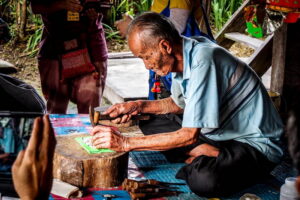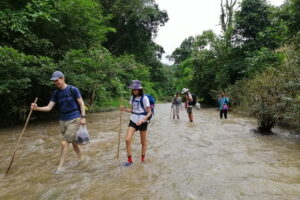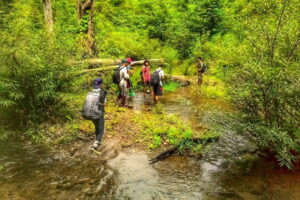Thampla-Phasuea Waterfall National Park
Thampla-Phasuea Waterfall National Park ‘All you need for cave exploring and waterfall picnic’ 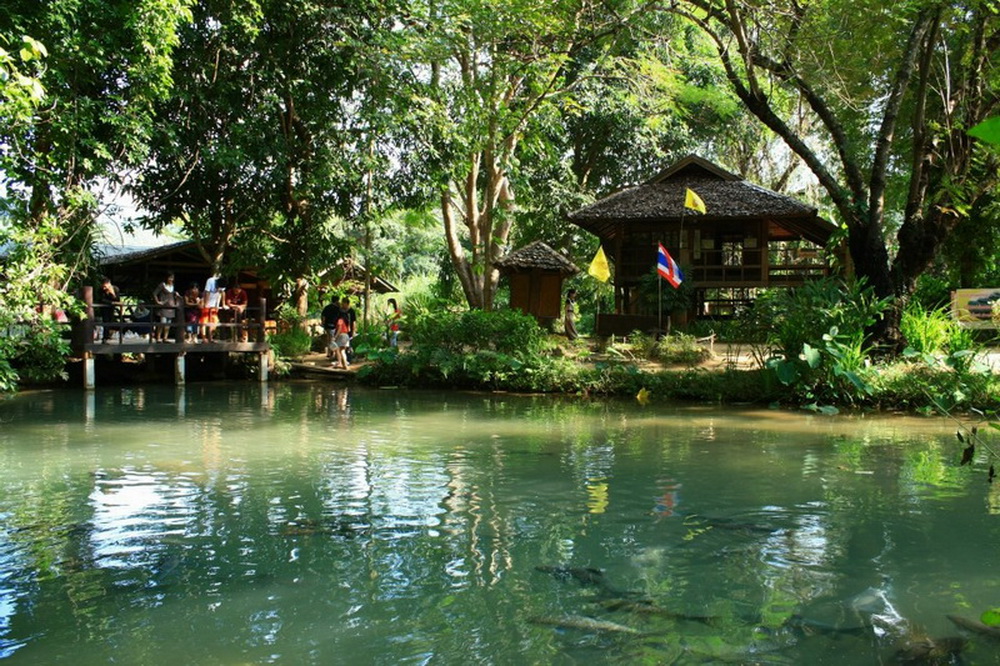
Discover the untamed beauty of Thailand’s mountainous frontier, where waterfalls cascade, caves whisper secrets, and nature’s symphony enchants every traveler.
Thampla-Phasuea Waterfall National Park
Nestled in the rugged highlands of Mae Hong Son Province, Tham Pla – Namtok Pha Suea National Park is a realm where myth and nature intertwine. Established in 2010, this 630-square-kilometer sanctuary boasts dramatic landscapes, from jagged limestone cliffs to emerald forests that stretch toward the Burmese border. Whether you’re a thrill-seeker chasing waterfalls or a quiet wanderer seeking serenity, this park promises a story worth telling.
Geography: Where Mountains Touch the Sky
The park’s backbone is the Daen Lao Range, crowned by Doi Lan Peak at 1,918 meters—Thailand’s rooftop in the northwest. Rivers born here snake through valleys, feeding waterfalls like Pha Suea and nurturing hidden caves. To the west, the park brushes against Myanmar, adding a touch of cross-border mystique to its already wild character.
Flora and Fauna: A Living Tapestry
Ancient forests thrive here, with Tenasserim pines towering over teak and ironwood. Keep your eyes peeled for gaur grazing in meadows or wild boars rustling through the undergrowth. The park’s pièce de résistance, however, lies in Tham Pla Cave, where schools of revered soro brook carp glide through crystalline waters, guarded by a Hindu statue said to bless these sacred fish.
As there is a waterfall in the national park, you should feel cool to your face when you walk around. Just inhale the sweet air into your lungs.
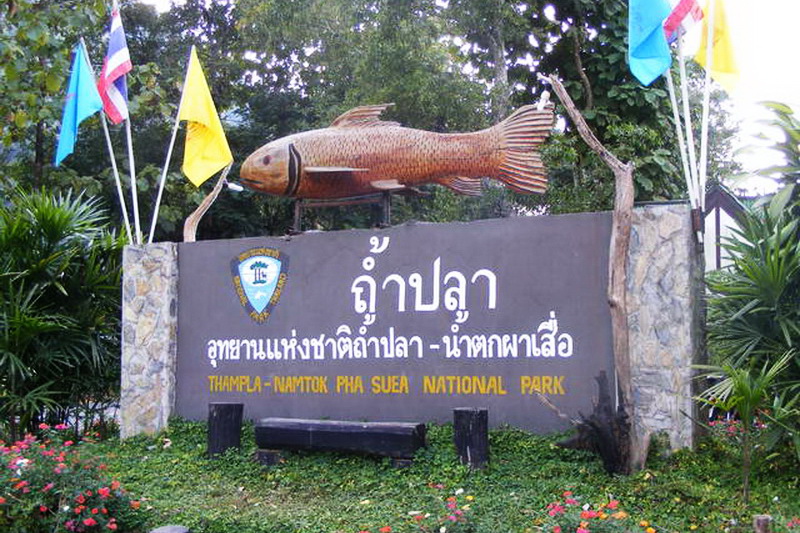
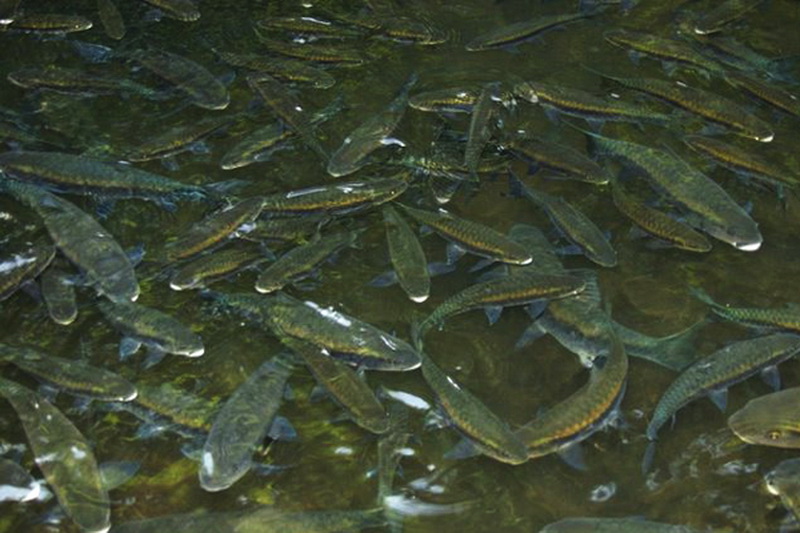
Beside of woodland exploring, you must never forget to explore Tham Pla Cave too. This is in fact the first activity that you should join. Just walk on your feet carefully, with a flashlight in your hand. Don’t do anything silly or dangerous inside the cave, or an accident may happen.
There is water around the cave, with fishes in there. But people don’t capture or eat them, as they’re believed to be gods. So, eating holy fishes will do no good. In fact, it may bring bad luck into the lives of people who do that.
After you finish the cave, don’t forget to get to the waterfall. Pha Suea Waterfall is about 19 metres high. The water that flows down from the cliffs all the time looks just like some white curtain. There are green trees around, so beautiful. You can just have a sightseeing, take photos, have a picnic, but you can’t play in the waterfall, due to the harsh current. That will be dangerous.
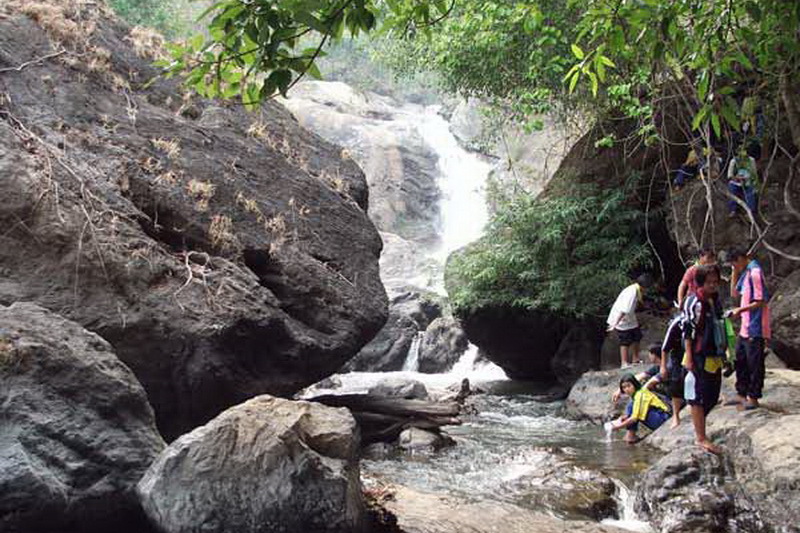
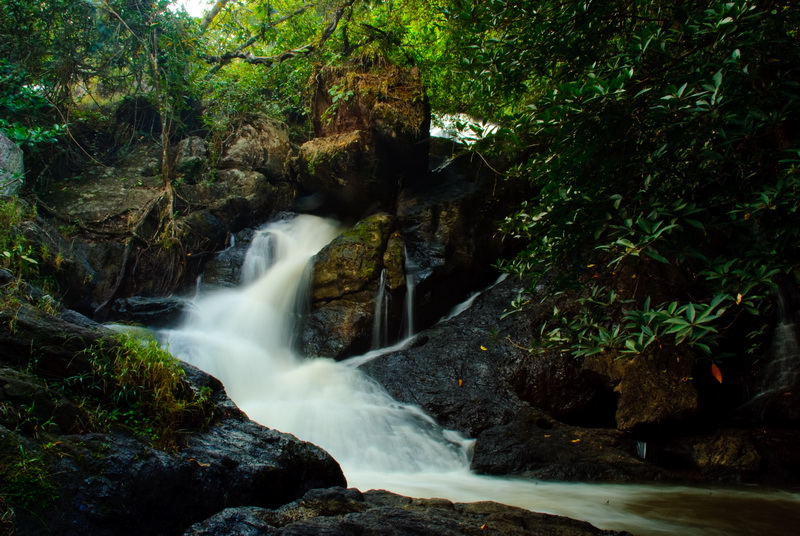
Pang Ung Lake, located near the park, offers insight into the region’s unique blend of indigenous and immigrant cultures. Often referred to as the “Switzerland of Thailand,” this serene body of water mirrors the surrounding pine forests—a landscape reminiscent of European alpine regions. However, its cultural significance lies in its connection to the Shan and Chinese communities who settled here decades ago.
Visitors can observe traditional wooden houses dotting the shoreline, reflecting architectural styles brought by early settlers. Tea plantations nearby further underscore the influence of Chinese immigrants, whose expertise in tea cultivation has become integral to the local economy and identity. By exploring Pang Ung, travelers gain a deeper appreciation for how migration and adaptation shape cultural landscapes.
How to get there
Reaching Tham Pla – Namtok Pha Suea National Park involves traversing routes steeped in history and tradition. Here’s how you can embark on your cultural journey:
- Via the Mae Hong Son Loop: Starting from Chiang Mai, follow the scenic loop through Pai and continue to Muang Mae Hong Son , passing through diverse ethnic villages along the way. Each stop offers glimpses into the lifestyles and crafts of hill tribes like the Lisu, Karen, and Hmong.
- Guided Tours: Opt for a Mae Hong Son tour package that incorporates cultural immersion activities, such as visiting Ban Rak Thai or participating in tea ceremonies. These packages provide structured itineraries while allowing flexibility for spontaneous discoveries.
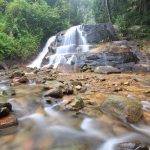 Previous Post
Previous Post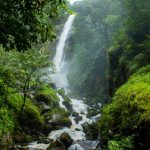 Next Post
Next Post